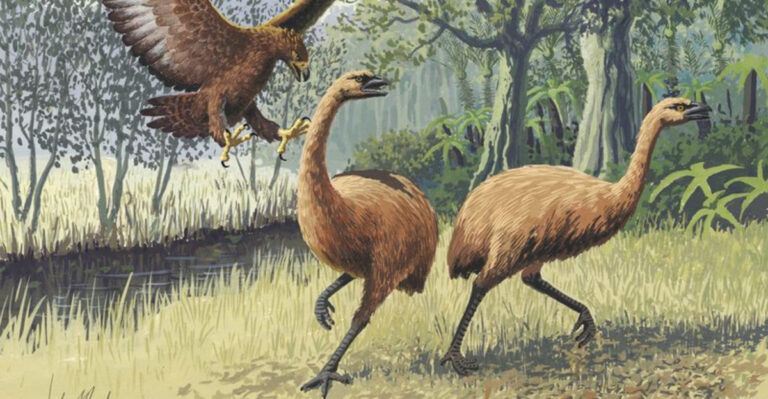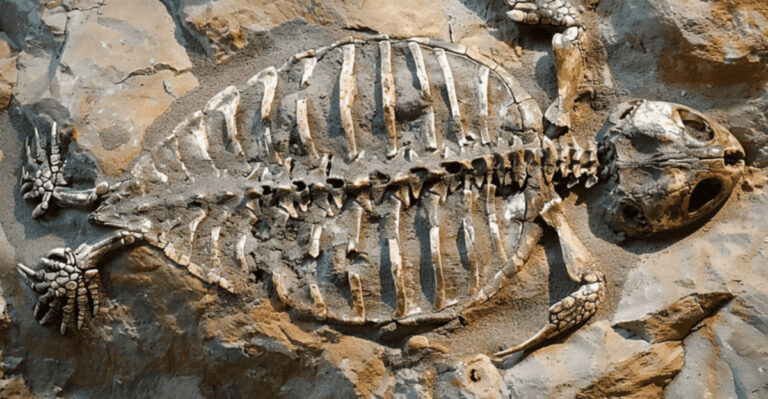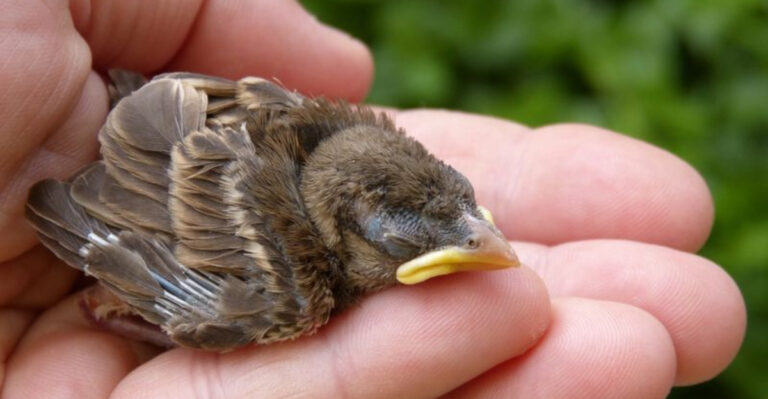12 Facts About The Great Potoo: The ‘Tree Stump’ Bird That Can See With Eyes Closed
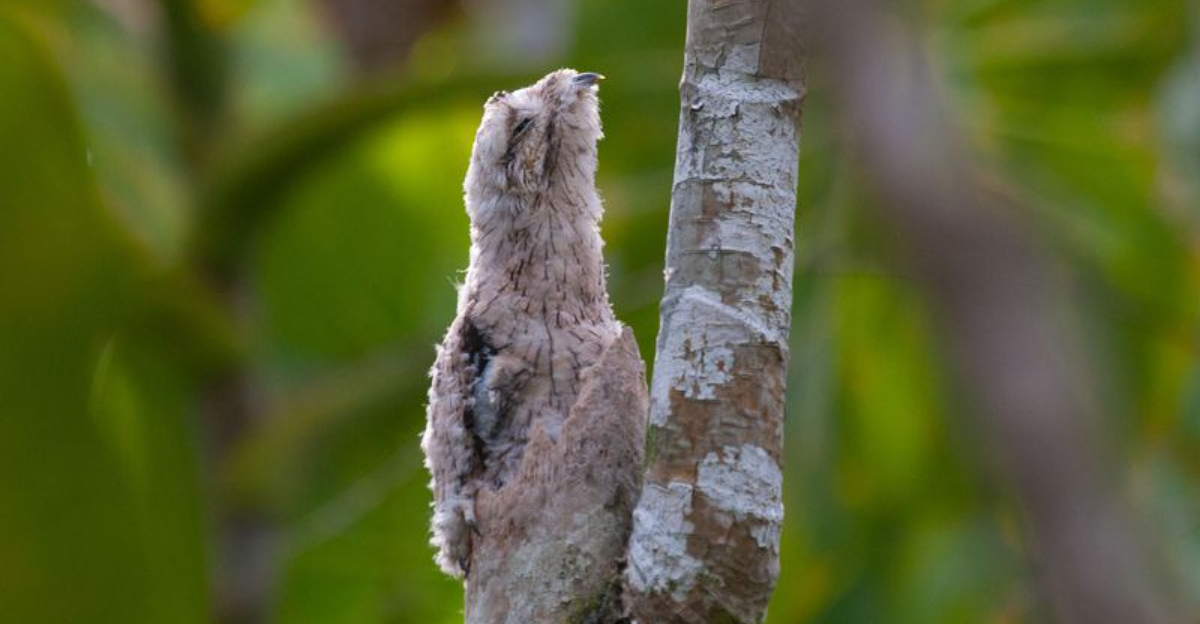
The Great Potoo is a master of disguise, fascinating bird enthusiasts with its unusual appearance and mysterious lifestyle.
Known for its uncanny resemblance to a tree stump, this nocturnal bird has a unique ability to see even with its eyes closed. Explore these intriguing facts about the Great Potoo, and discover why it’s considered one of nature’s most enigmatic creatures.
1. The Mysterious Great Potoo
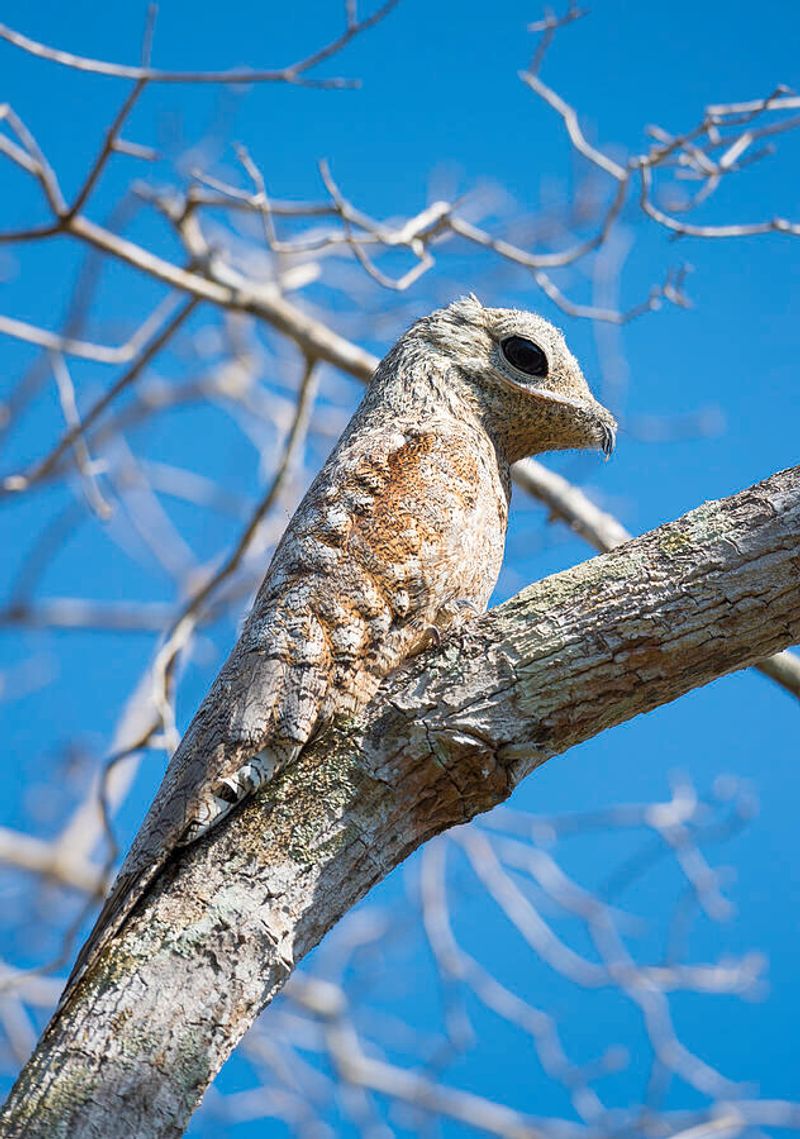
Meet the elusive Great Potoo, a bird that’s shrouded in mystery. With its cryptic plumage and nocturnal habits, this bird looks like it was plucked straight from a fantasy tale.
By day, it’s virtually invisible, sitting still as a statue, blending seamlessly with its surroundings. Its peculiar appearance and behavior make it a fascinating subject for ornithologists and nature lovers alike.
2. A Master Of Camouflage
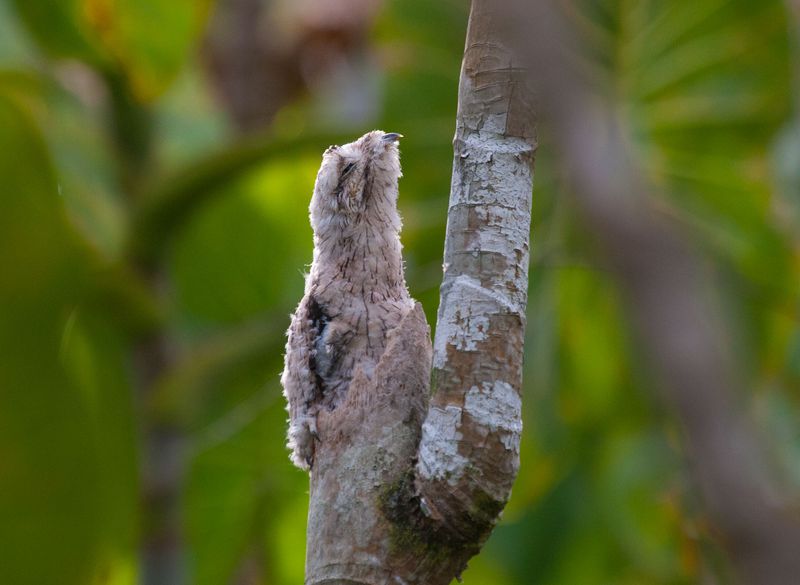
The Great Potoo is nature’s camouflage expert. Its feathers resemble the rough texture of tree bark so closely that it can be nearly impossible to spot.
This exceptional disguise not only protects it from potential predators but also allows it to ambush prey effectively. Observing a Potoo in its natural habitat is like finding a hidden treasure!
3. Origin Of ‘Tree Stump’ Bird
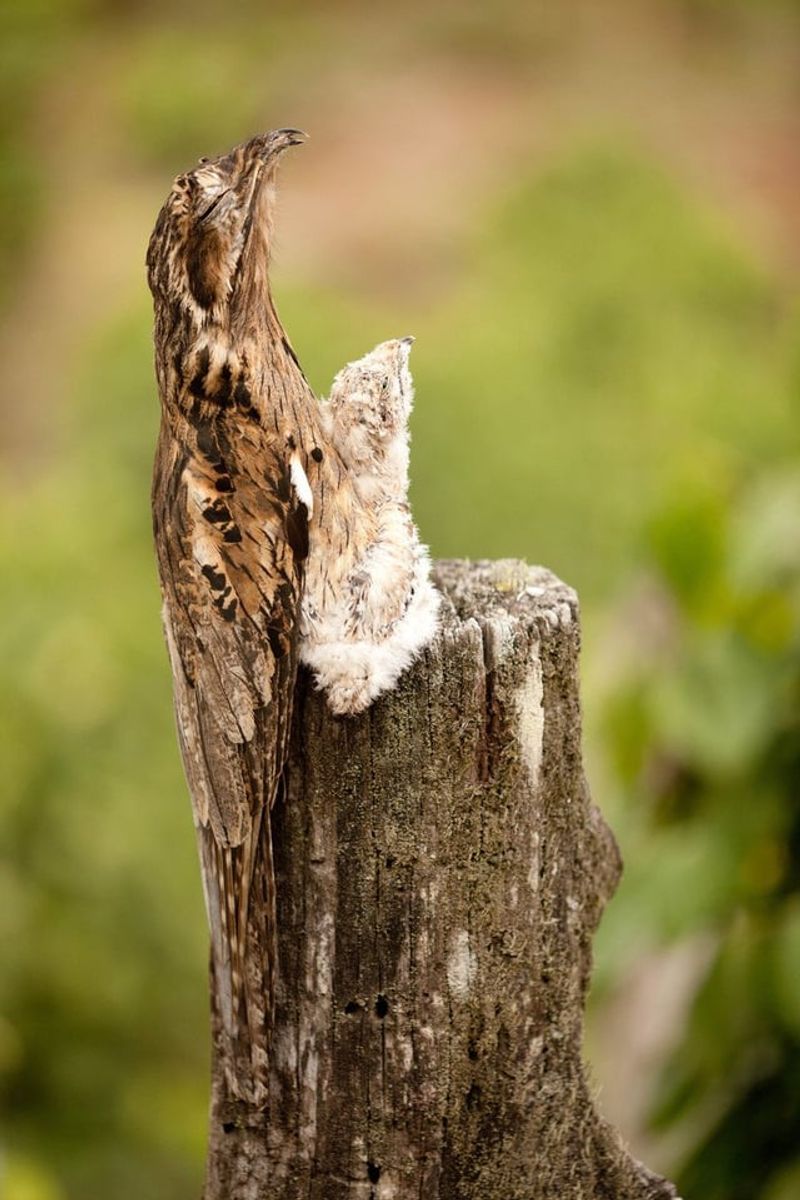
Why the nickname “Tree Stump” bird? It all comes down to the Great Potoo’s extraordinary resemblance to a tree stump when it perches.
This visual trickery provides both protection and an advantage in hunting as it remains undetected. Spotting a Potoo is a rewarding challenge, often requiring a keen eye and a bit of luck, as they vanish into their arboreal surroundings.
4. The Great Potoo’s Unique Eyes
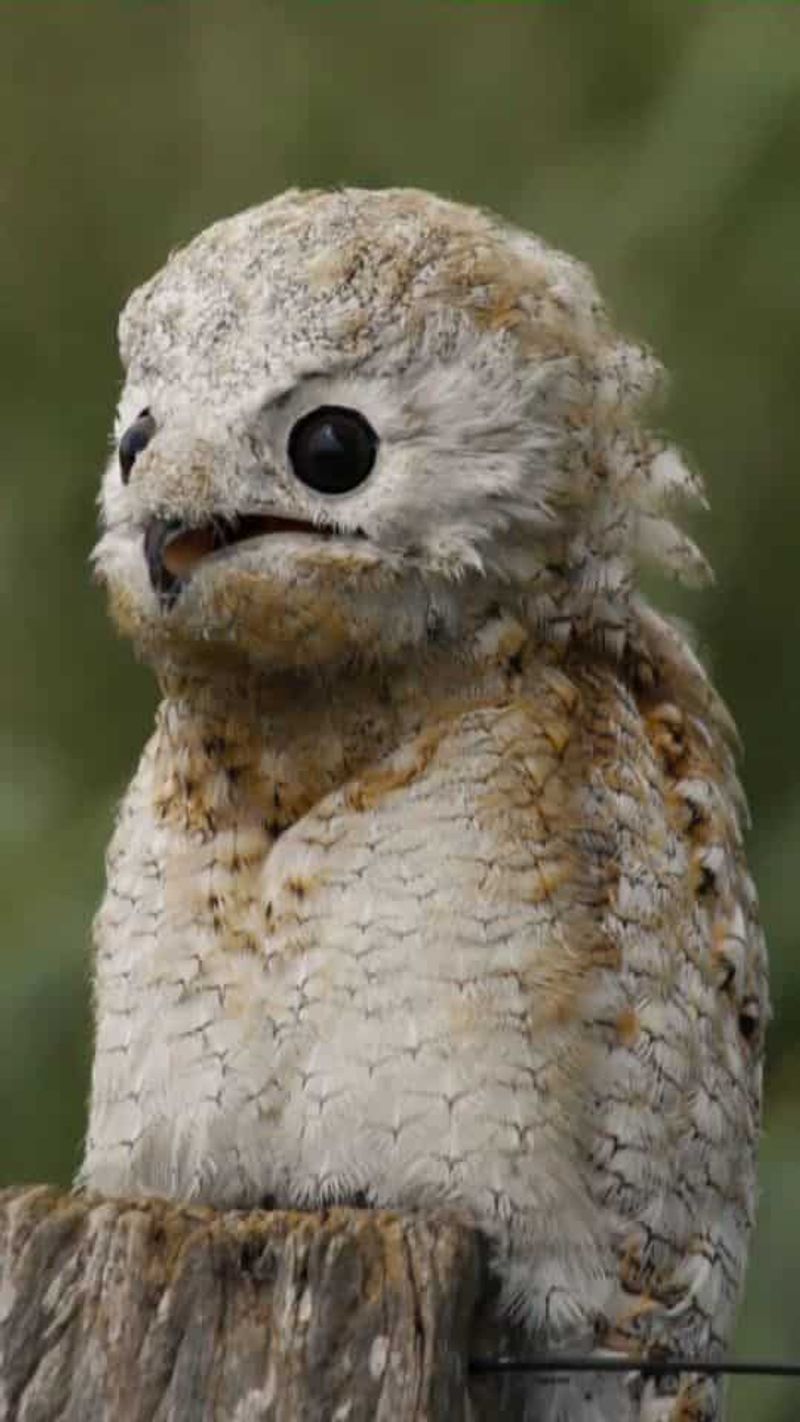
Imagine having eyes that can see even when closed. The Great Potoo possesses this incredible trait, thanks to a unique adaptation. Its eyelids have small slits allowing it to detect movement and light without opening its eyes fully.
This adaptation helps the bird remain inconspicuous while staying alert to danger. It’s a remarkable survival mechanism that’s as intriguing as the bird itself.
5. Nocturnal Lifestyle
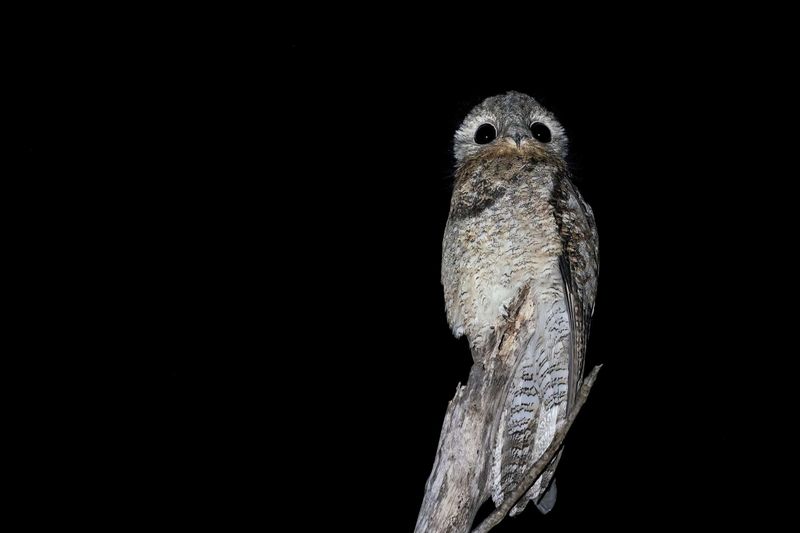
Under the cover of darkness, the Great Potoo comes alive. As a nocturnal creature, it spends its nights hunting for insects and small prey. This lifestyle not only enhances its mystique but also aids in hunting efficiency.
Its large eyes are adapted to see in low light, making it a formidable predator under the moonlit canopy. Nighttime is when the Potoo truly shines.
6. How The Great Potoo Hunts
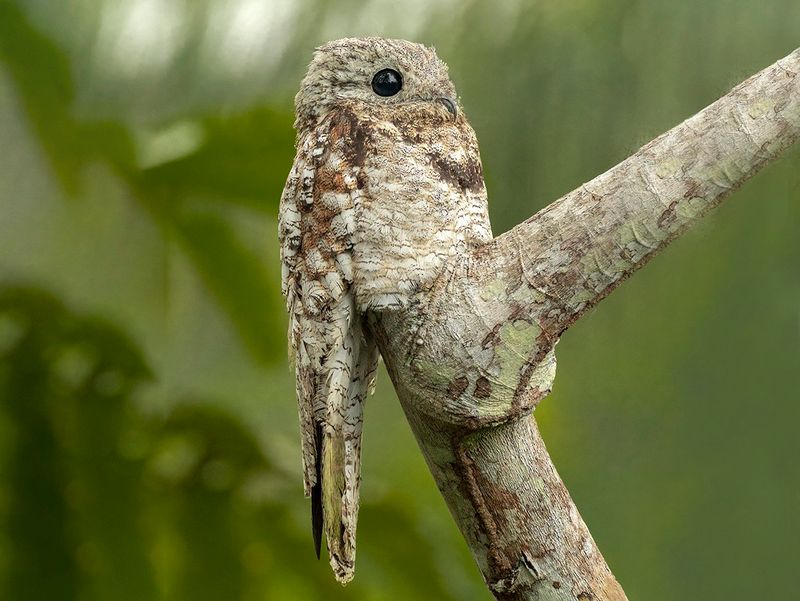
The Great Potoo’s hunting strategy is both simple and effective. Perched high on a branch, it waits patiently for unsuspecting insects to fly by. With a swift dive, it snatches its prey mid-air using its wide, gaping mouth.
This method ensures a stealthy and efficient capture, allowing the Potoo to maintain its energy for the next nocturnal escapade. Such elegance in simplicity!
7. A Powerful, Yet Silent Hunter
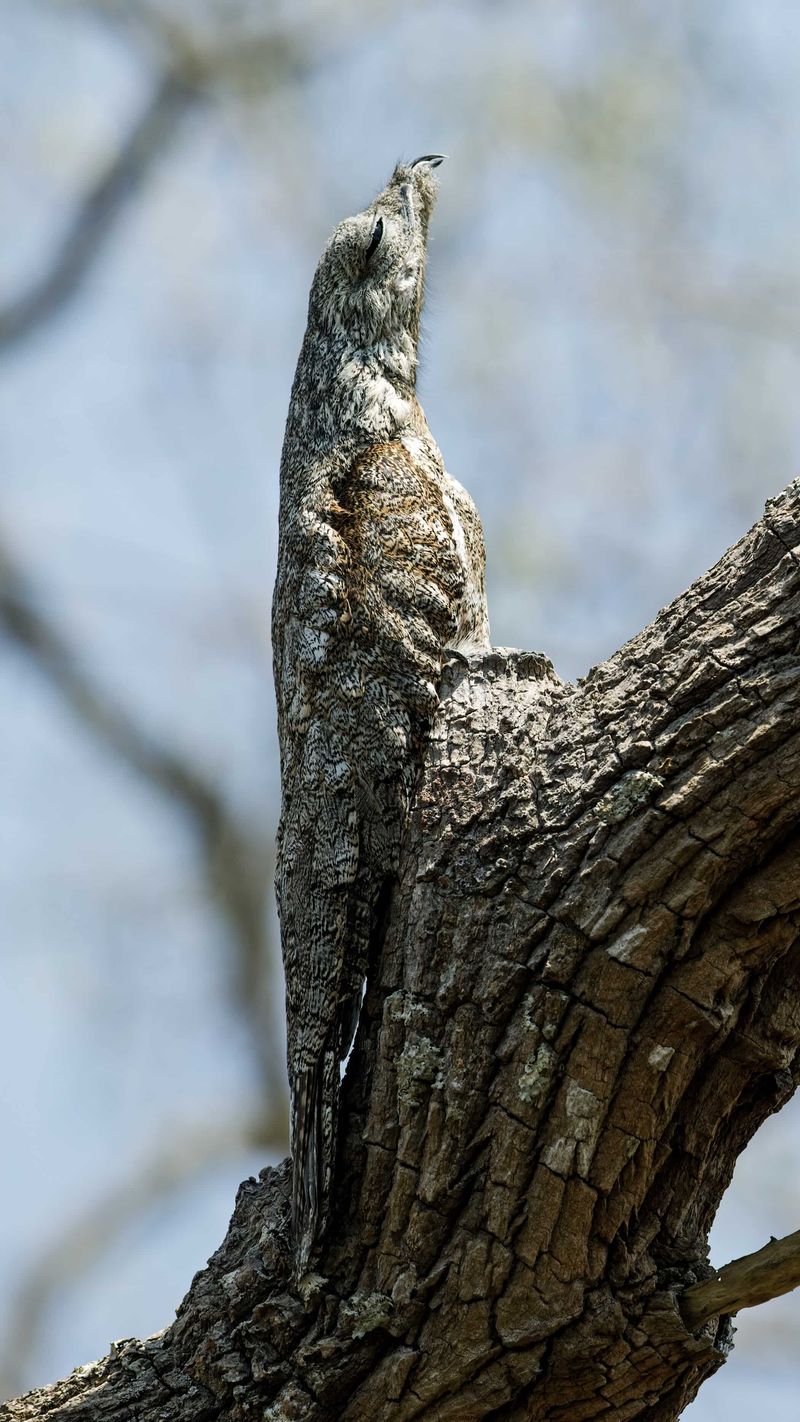
Powerful yet silent, the Great Potoo is a master of stealth. Its ability to hunt silently is crucial in catching prey without alerting others. This stealth, combined with keen senses, makes it an efficient predator.
Watching a Potoo in action is mesmerizing, as it glides through the night with silent precision, its movements harmonious with the quietude of the forest.
8. Distribution In The Americas
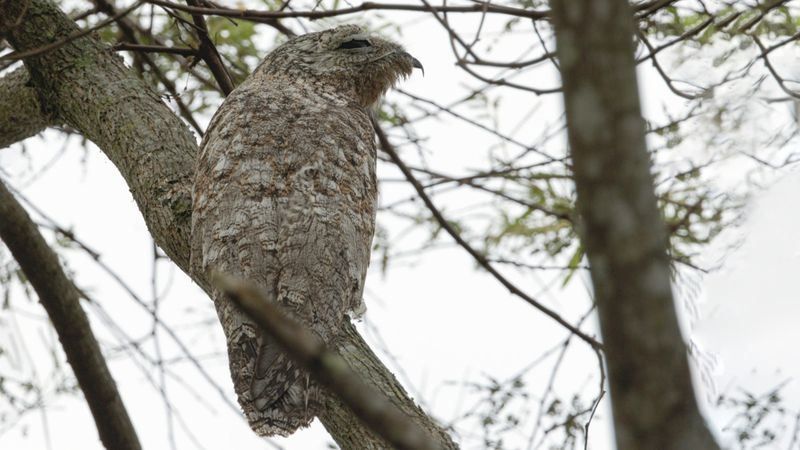
The Great Potoo’s range is relatively limited, found primarily in the dense forests and woodlands of Central and South America. This habitat provides the perfect environment for its lifestyle and camouflaging abilities.
The bird plays a significant role in its ecosystem, thriving in areas with abundant prey. Spotting one outside these regions is rare, making it a cherished sight for birdwatchers.
9. A Vocal Bird In The Night
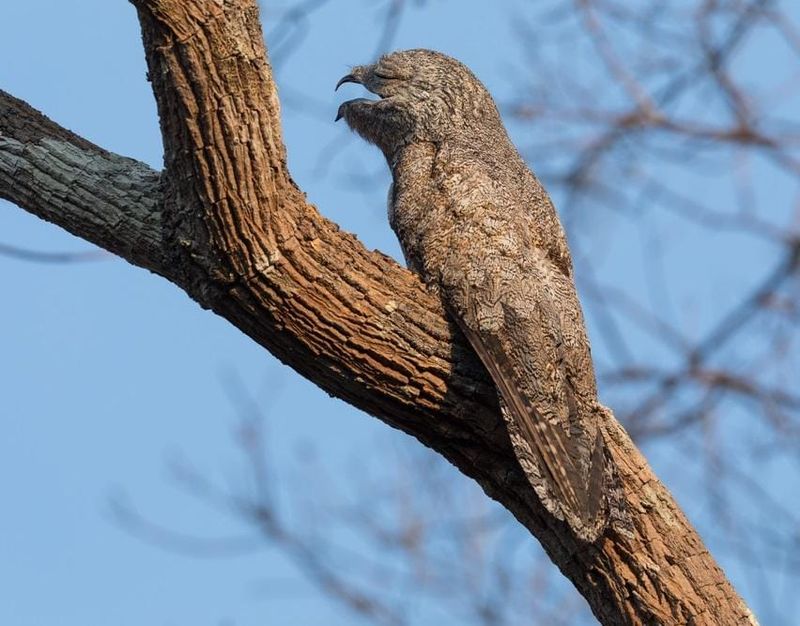
At night, the Great Potoo’s eerie calls echo through the forest. These haunting sounds, often likened to ghostly wails, are especially frequent during the mating season.
The calls serve as both mating calls and territorial warnings. Hearing a Potoo’s call can send chills down your spine, a reminder of the mysterious and captivating nature of this nocturnal bird.
10. The Great Potoo’s Nesting Habits

Nesting for the Great Potoo is as unique as the bird itself. It often lays a single egg directly on a tree branch, relying on its camouflaged plumage and the egg’s speckled appearance to blend in.
This minimalist approach may seem risky, but it works remarkably well. By choosing hidden, high perches, they reduce the risk of predation, showcasing nature’s ingenuity.
11. Its Role In Local Ecosystems
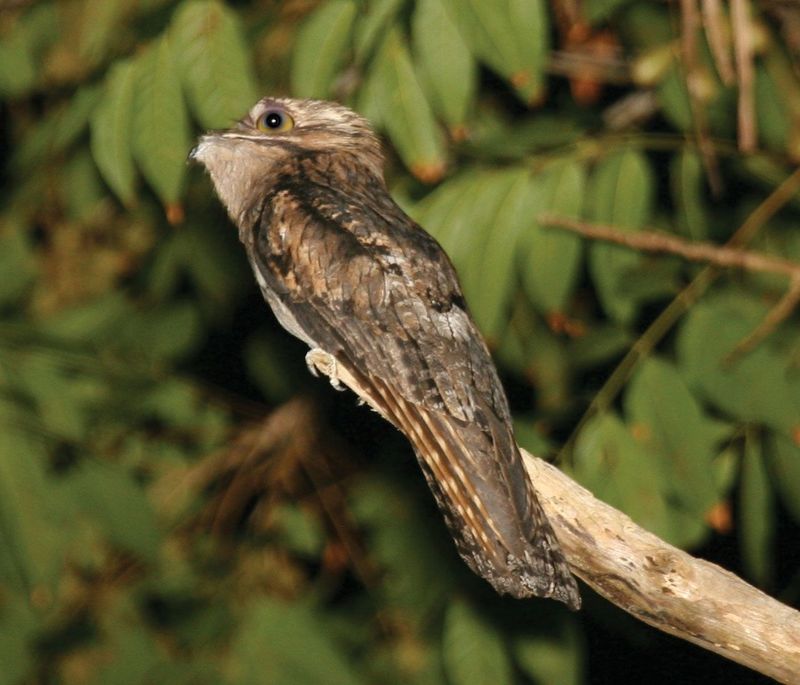
The Great Potoo is more than just a fascinating bird; it’s an integral part of its ecosystem. By preying on insects like moths and beetles, it helps maintain the ecological balance.
Its presence indicates a healthy ecosystem, and its survival depends on the well-being of its forest home. This silent guardian of the night plays a role in keeping nature balanced and thriving.
12. Conservation Status And Threats
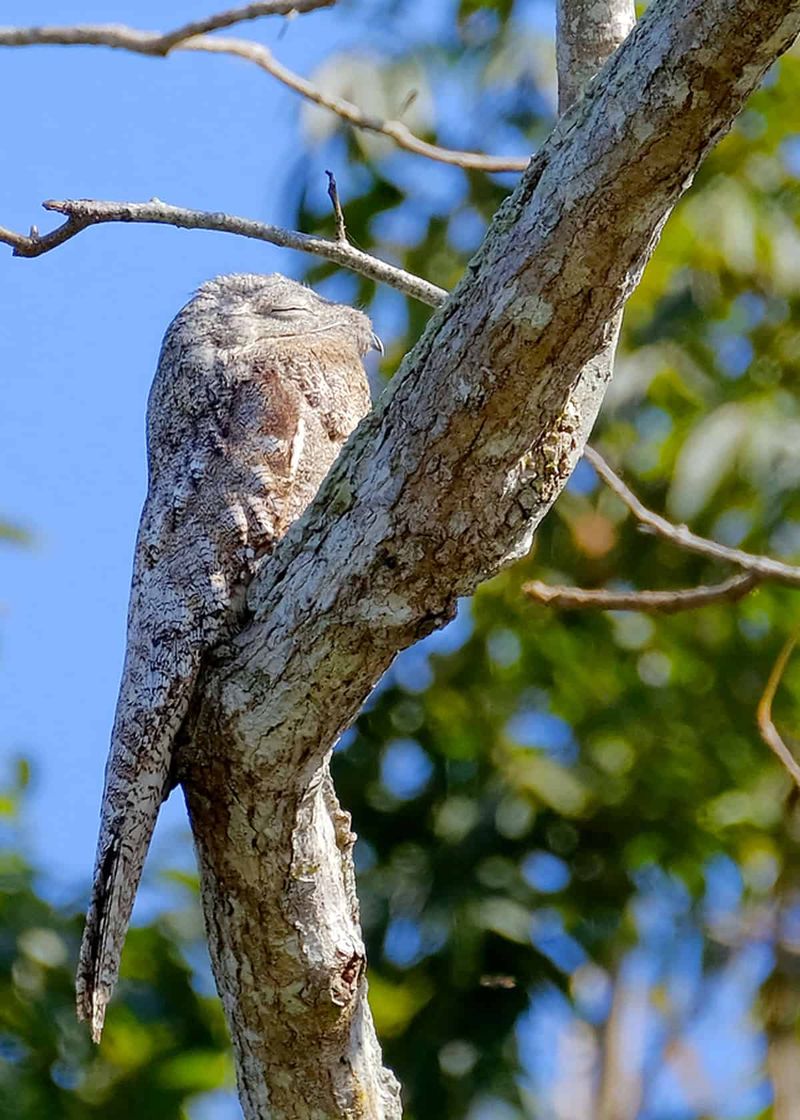
The Great Potoo faces challenges due to habitat loss and environmental changes. While not currently endangered, deforestation and human activities pose significant threats. Conservation efforts are vital to ensure the survival of this unique species.
Protecting its natural habitat helps preserve not only the Potoo but also the rich biodiversity of its ecosystem. Collective efforts can secure a future for this enigmatic bird.

